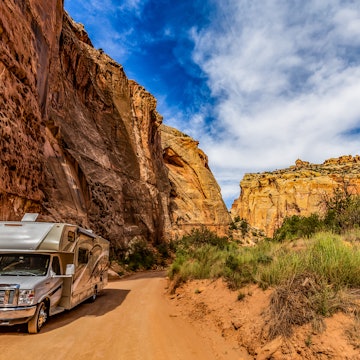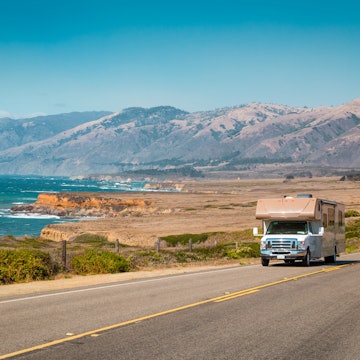
Napa or Sonoma: which California wine region offers superior sipping?



Do you prefer Napa’s deluxe, award-winning wines? Or Sonoma’s more rustic vibe? PIXEL to the PEOPLE/Shutterstock; Shutterstock
Anyone who appreciates fine wine is spoiled for choice in California.
Along its long coast, unique microclimates make for designated wine regions that produce vintages famous worldwide. In-the-know tasters might seek out lesser-visited destinations like Paso Robles near San Luis Obispo or the Santa Ynez Valley near Santa Barbara. But among connoisseurs of California reds, whites and bubblies, two regions stand apart: Napa and Sonoma.
Both an easy drive from San Francisco, each of these counties has their ardent supporters – including a pair of expert writers. We asked each to make their case.
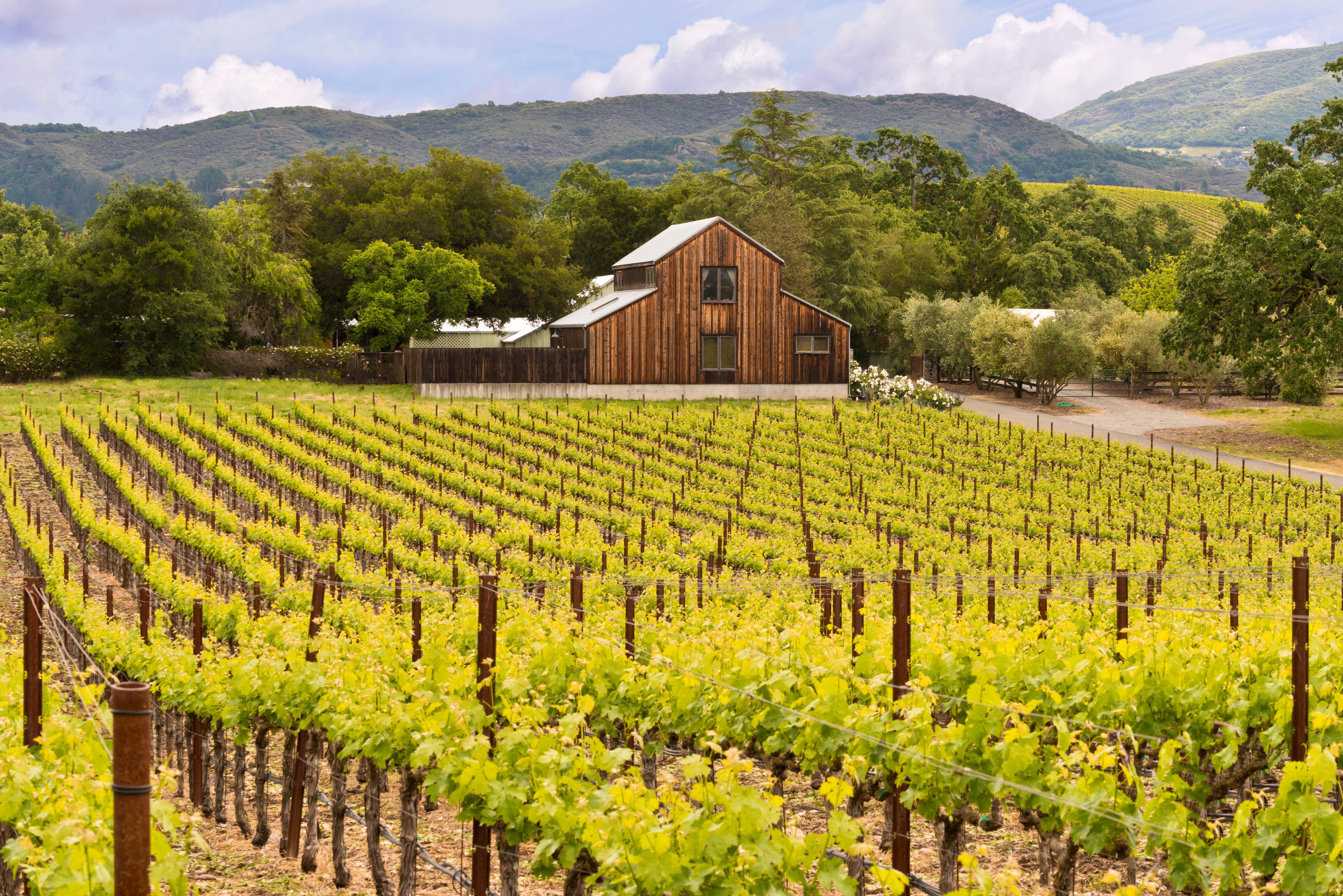
Next time, make it Napa
Tamara Gane lives within driving distance of Napa and has visited dozens of times for work and pleasure. On each visit, she makes a point to visit a new winery. She only has 400 to go.
Napa rocked the world when a Stag’s Leap Wine Cellars Cabernet Sauvignon and a Chateau Montelena Chardonnay took the top prizes for red and white at the 1976 Paris Wine Tasting (better known as the “Judgment of Paris”). How did Sonoma wineries do? Not one of its wines was even selected to compete. This isn’t to suggest Sonoma County doesn’t have excellent wines; it does. But Napa put California wine on the map – and it’s Napa that continues to blaze a trail for the wine industry today.
Napa has always been a groundbreaker. Three of the five oldest operating wineries in California are located in Napa Valley – and one of them, Charles Krug Winery, opened the state’s first tasting room in 1882. In 1968, Napa became the USA’s first officially designated Agricultural Preserve. Napa Valley was the first American Viticulture Area designated in California in 1981.
Sonoma, it seems, is forever following in Napa’s footsteps – and that’s okay. Someone has to lead.
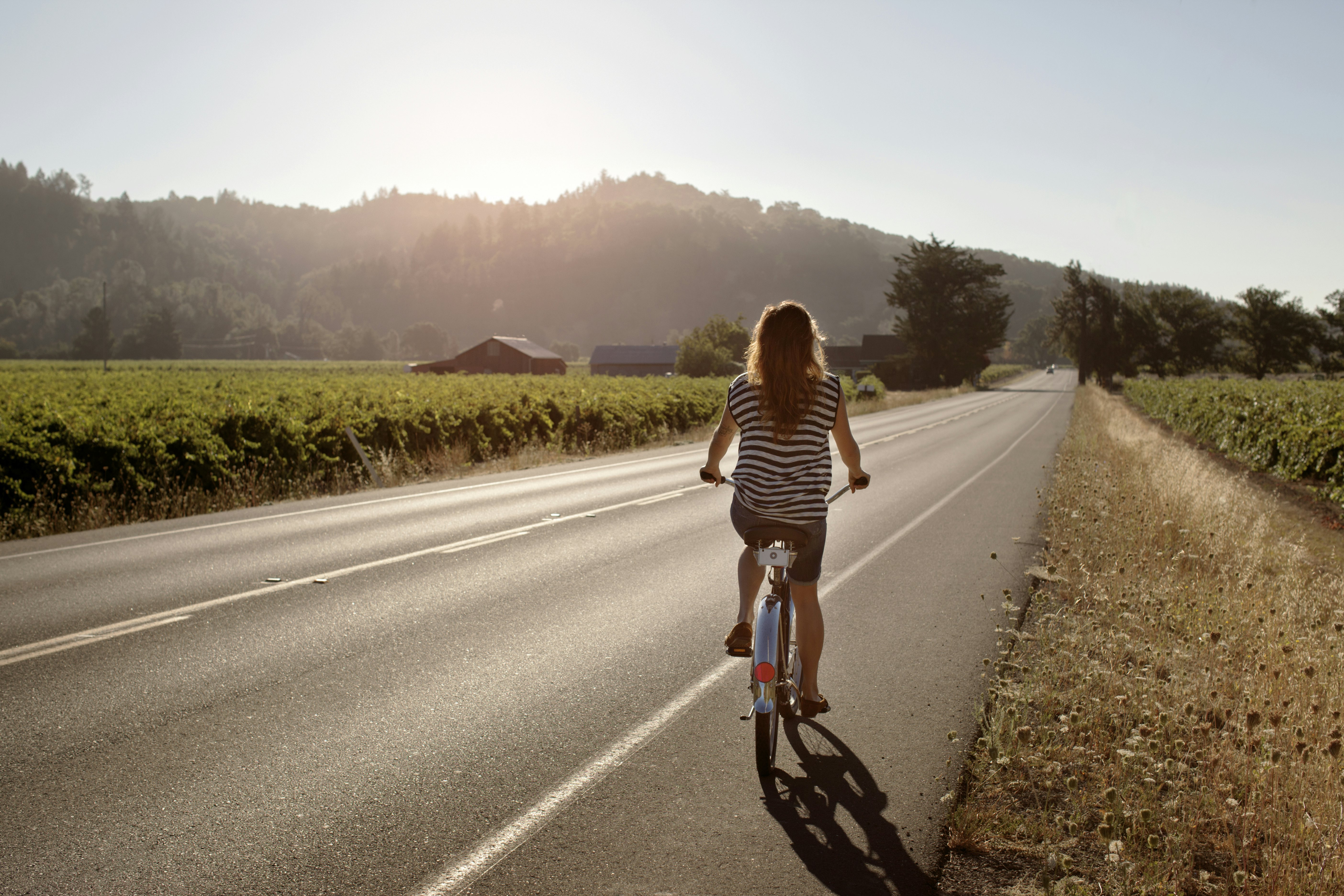
Despite its outsize reputation, Napa County is just 35 miles long and 5 miles at its widest point, which means Napa’s wineries – a staggering 475 in total – are easily accessible. Sonoma County, by contrast, is nearly twice as large, and has fewer wineries. While I’m all for a scenic drive, I don’t necessarily want to combine one with wine tasting. (Once, I was lost on a winding Sonoma road without GPS or cell service and had to knock on a stranger’s door for directions – frustrating, to say the least. Although in Sonoma’s defense, the stranger was very nice.)
A common knock on Napa is that it’s too expensive. The valley is indeed saturated with luxury experiences. Yet critics overlook the fact that pricey activities are merely one option for visitors in a position to splurge. The average standard wine tasting fee in Napa Valley is $40 per person – and there are a host of wineries that charge much less. Tastings at Housley Napa Valley and Rombauer Vineyards, for example, will run you $25 per person. Nichelini Family Winery charges $30 per person – then credits the fee toward any wine purchase of $60 or more. And for every $1000-a-night luxury hotel room here, you’ll find dozens of reasonably priced alternatives. In short, Napa is still an approachable destination. If it weren’t, I wouldn’t spend as much time there as I do.
If you are looking to indulge on the high end, make a reservation at one (or many) of the 13 Michelin-rated restaurants in Napa Valley (more than twice as many as you’ll find in much larger Sonoma). For scores of travelers, dining in a restaurant like Kenzo or The French Laundry is a bucket-list experience akin to seeing the Great Wall of China or the Taj Mahal.

Luxury winery experiences are no less worthy of your dollars, with 95+-point wines practically springing from the landscape. Well-heeled travelers gladly pay $150–$350 a person for a tasting, before they retire to a suite at Poetry Inn that’s as big as my house. Are these experiences accessible to everyone? Unfortunately, no. But for those who can afford them, they’re simply unforgettable.
Napa has about 11% fewer rainy days than Sonoma, with generally warmer temperatures. Taking advantage of the climate, I like to start my Napa days with a stroll along the Napa Valley Vine Trail or a mud bath in Calistoga. Sunny days mean tastings on the patio at wineries like Bouchane Vineyards or Cliff Lede Vineyards. Maybe it’s just me, but even the most elegant glass of wine feels even more elevated when I’m watching a hawk circling vineyards and undulating hills.
I’ll meet you there next time.
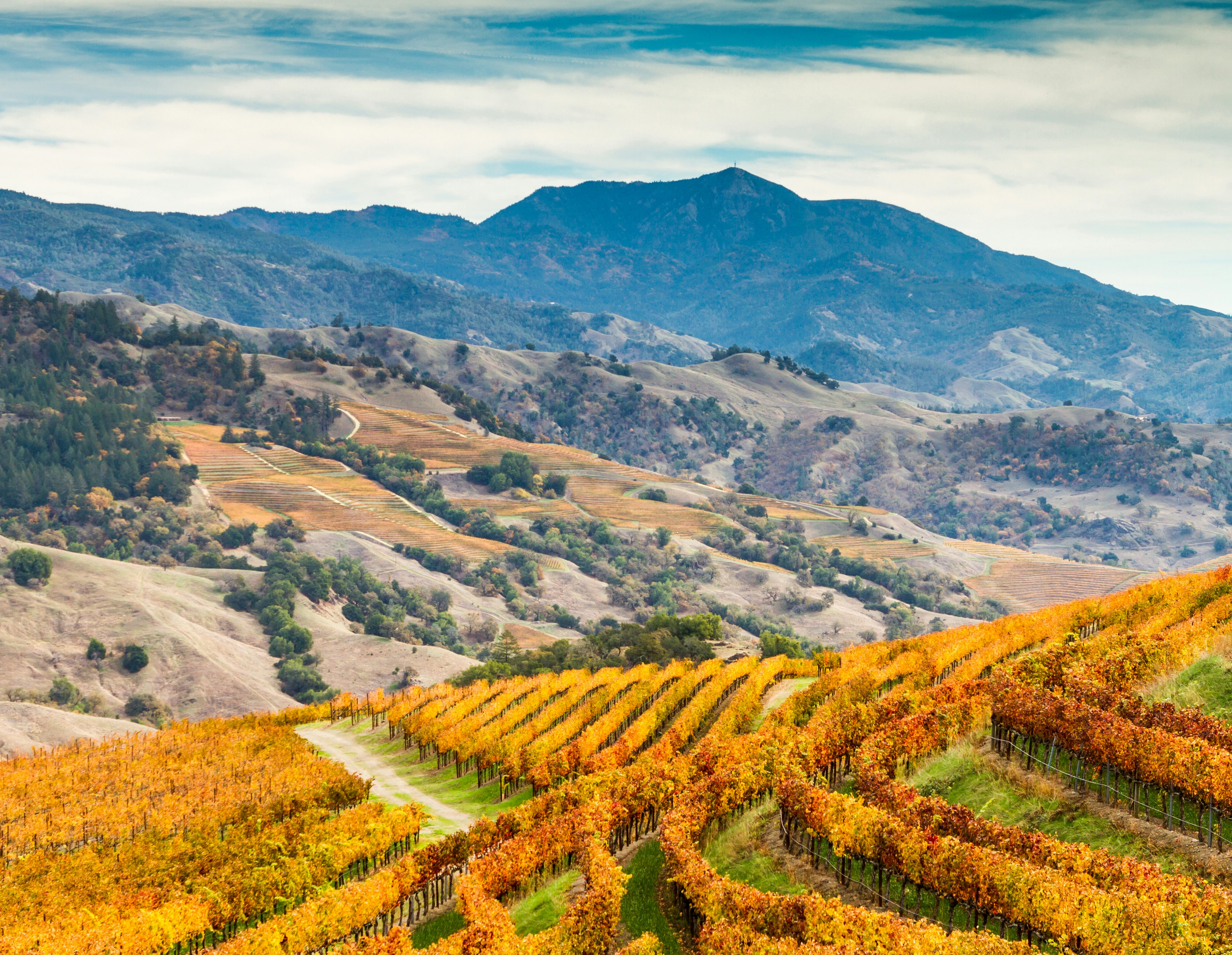
Savor sensational Sonoma
Travel writer Barbara Noe Kennedy has written about destinations, history, culture, art and more. Her tastiest assignments? Whenever she covers wine country.
When it comes to California’s wine country, Napa’s legendary wines, flashy wineries and trendy restaurants tend to hog the limelight. And don’t get me wrong – the praise is well deserved. But having grown up in the Bay Area and visited both Napa and Sonoma since I was little, I have to say that the latter has always been my favorite. It can go up against Napa any day for its excellent wines. It’s also friendlier, prettier, more diverse – and less expensive.
Let’s go right to those costs. Napa is downright steep: you’ll pay anywhere from $45 up to $200 (!) in Napa for five wine-tasting pours. In Sonoma, a just-as-amazing experience costs $25 to $65 (with a few exceptions, of course). Accommodations are also more reasonable in Sonoma, especially if you stay in a place like Santa Rosa or Petaluma, outside the main hubs. Overall, you should count on spending less.
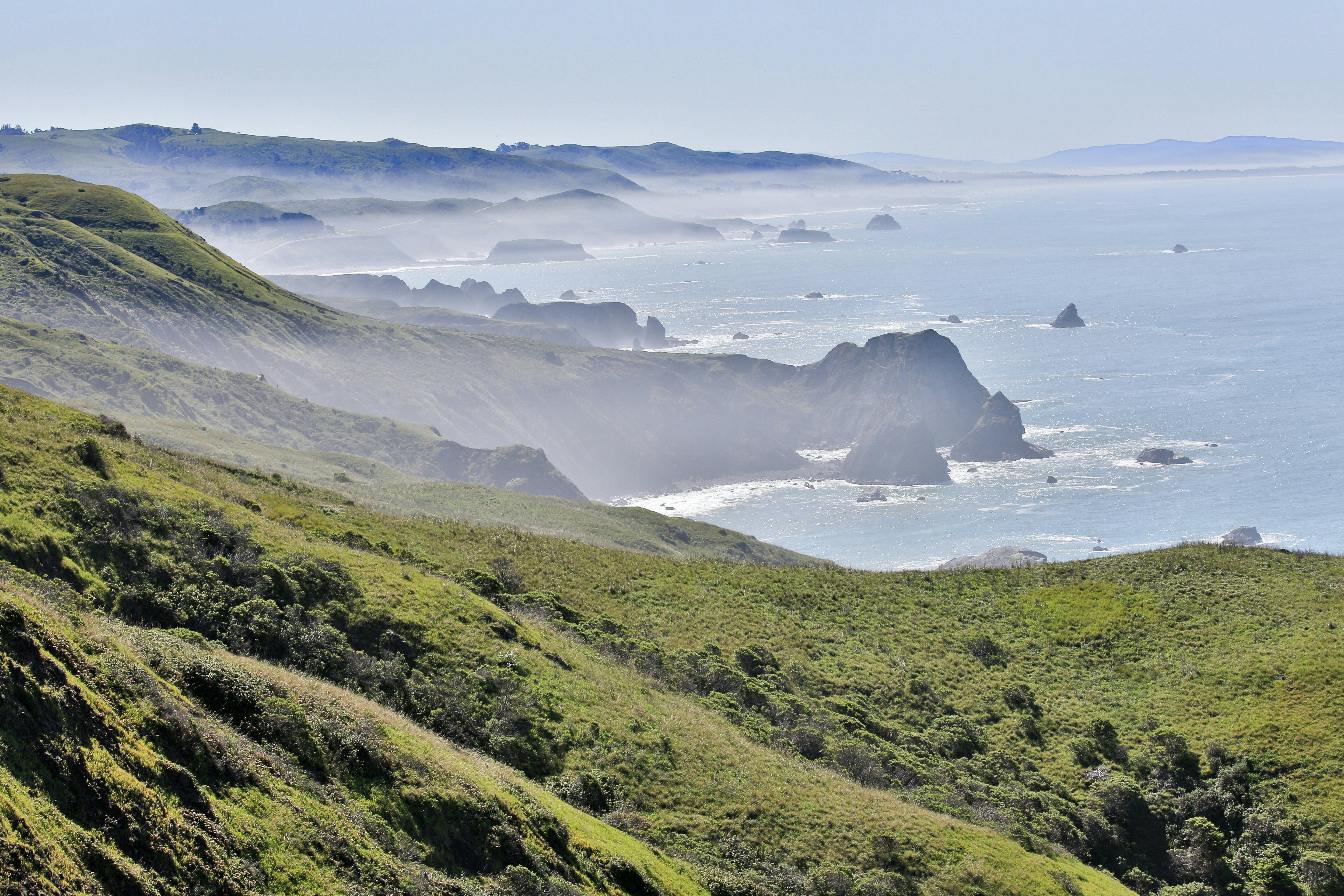
But it’s also about the experience. Sonoma is friendlier and more down-to-earth than Napa, and you don’t need to be a wine expert or a millionaire to feel like you belong. Sonoma’s wineries tend to be smaller and more rustic, offering a more intimate wine-tasting experience; you might even be greeted by the winery owner. That rarely happens in Napa anymore. Part of this is because most of the Napa wineries are more commercial, having shed their family origins, while Sonoma’s wineries remain family affairs. Chuck Wagner, the owner of Caymus, told me that this is the reason he recently moved his family operations out of Napa Valley. He’s fed up with the way things work there these days.
By the way, in Napa, you’re not allowed to bring food onto most winery premises – this is based on some ancient law – whereas in Sonoma, you can. Pack a picnic.
Speaking of food, Napa is constantly lauded for its chi-chi cuisine – yet Sonoma has its own extraordinary dining scene. The tasting menu at SingleThread Farm and Restaurant in Healdsburg easily competes with any of Napa’s most exclusive spots. That said, Sonoma’s restaurants have a more laid-back, unpretentious, farm-to-table vibe – almost all with superb California cuisine.
Sonoma is prettier, too. While Napa is one long, flat valley – which gets very brown in summer – Sonoma comprises varied landscapes of rugged green peaks and tucked-away valleys, sprinkled with small towns. Napa’s one main road (Rte 29) makes wineries a little easier to access, true – but it becomes super congested with cars in summer. In Sonoma, visitors can spread out, exploring hidden corners – and wineries – without the crowds. Some of my favorite niches include Dry Creek Valley, Russian River Valley and Alexander Valley.

The towns of Healdsburg and Sonoma have spots that match Napa’s high-end wine-country aesthetic. (Check out Montage Healdsburg to see what I mean.) Yet Sonoma offers more variety – that again! – which makes things more interesting overall. You also have funky Guerneville, breezy Bodega Bay on the Pacific, bohemian Occidental, sprawling Santa Rosa, apple-blessed Sebastopol and many more towns. And all the while, you’ll be in or near one of Sonoma’s 19 distinct wine regions, where tasting opportunities are always front of mind.
The beyond-wine experiences are simply incomparable in Sonoma, especially for lovers of the outdoors. Here, you can walk along a Pacific beach (the county has 55-plus miles of coastline), eat Dungeness crab at a seafood shack, hike through cloud-shrouded redwoods, bike vineyard-edged roads and stand-up paddleboard or kayak on the Russian River. Try doing all that in Napa’s single valley.
So my answer to the perennial “Napa or Sonoma?” question will always be Sonoma – hands-down. It’s has intimate, family-run wineries, and it’s filled with variety, in the wines as well as in the landscapes and local vibes. All for fewer dollars.
What’s not to love?














